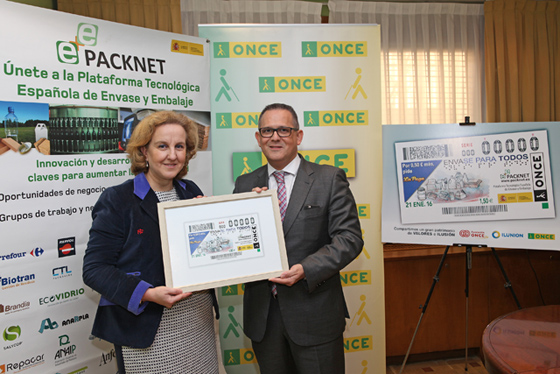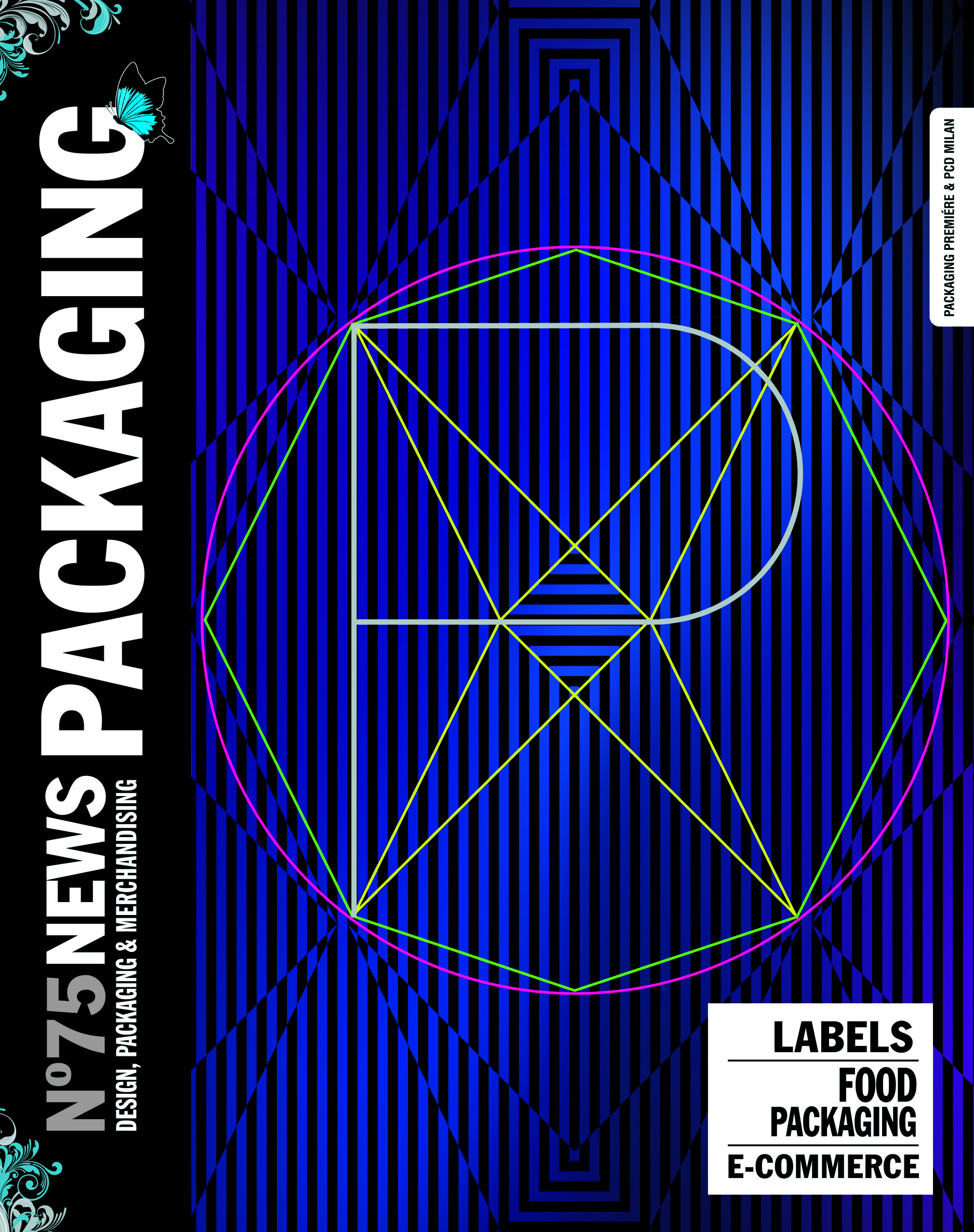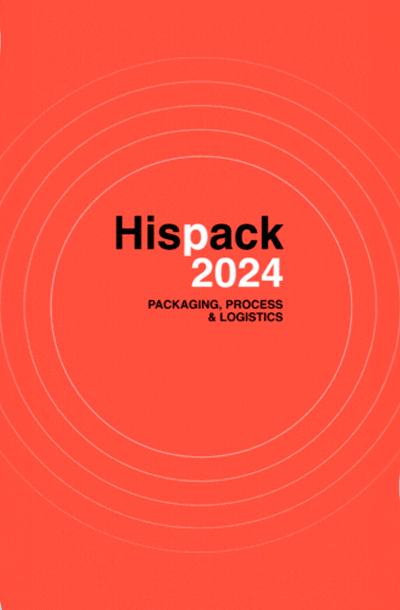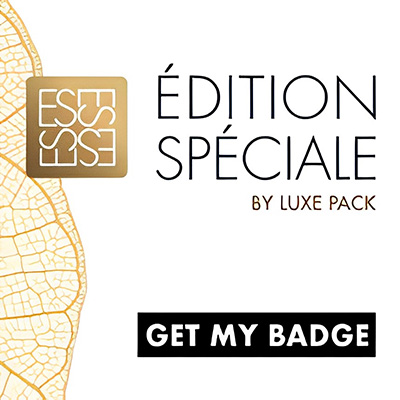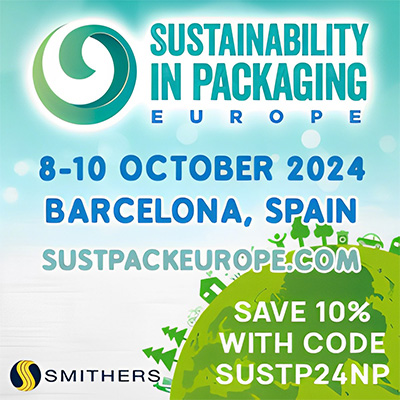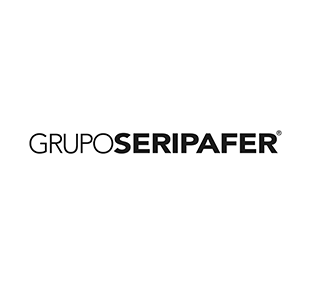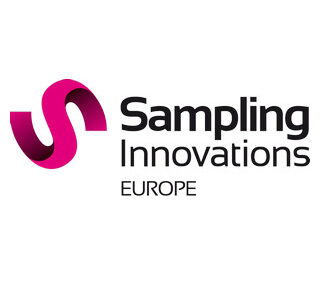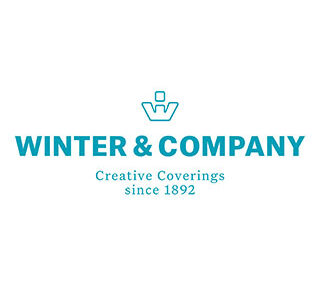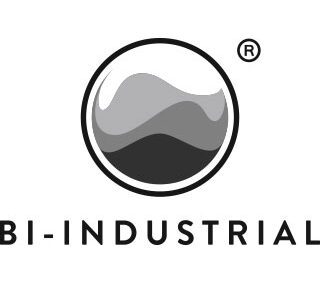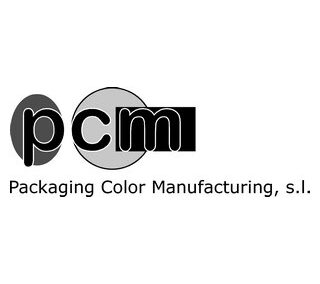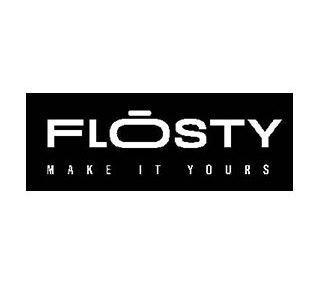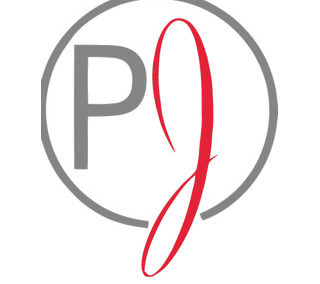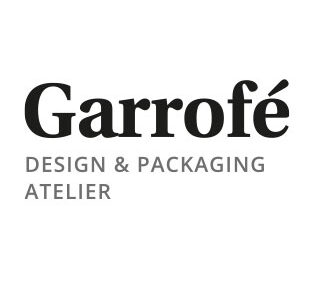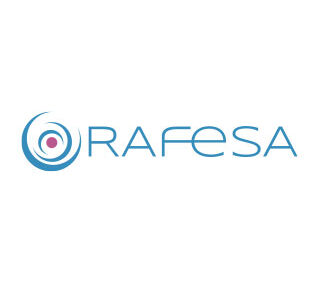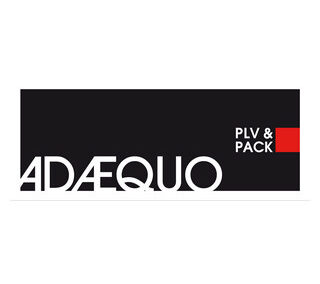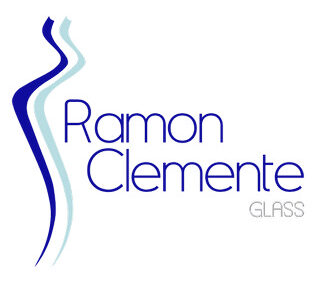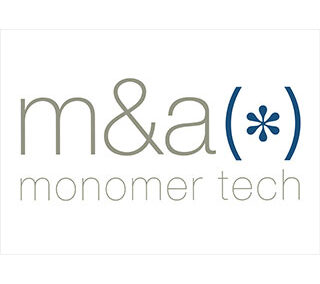The Spanish Technological Platform for Container and Packaging (PACKNET) starred in the coupon ELEVEN January 21st. This initiative aimed to raise awareness of the need for all packaging to be accessible to people with disabilities, thanks to the use of new technologies, for example with Braille labeling.
In fact, the "Container for all" initiative promoted by ONCE and PACKNET aims to identify the needs and / or problems in the handling of containers by those groups that present a certain degree of disability, such as older people, with problems of vision and / or with reduced mobility, at the same time that it promotes the collaboration of the different scientific-technological agents of the container and packaging sector in order to be able to offer innovative solutions. From the Platform, technological innovation is promoted to provide solutions in the handling of packages so that the container and packaging are accessible.
Five and a half million coupons made known throughout Spain the importance of labeling in Braille and promoted the work carried out by PACKNET in order to be able to offer innovative solutions in the accessibility of packaging for people with disabilities.
Ángel Luis Gómez Blázquez, director of Personal Autonomy, Attention to the Elderly, Youth, Leisure and Sports of ONCE, gave a replica of this coupon to Belén García, director of the Spanish Technological Platform for Containers and Packaging-PACKNET.
Lettering on braille of consumer products means facilitating the autonomy of people with visual disabilities, by being able to read for themselves what product it is, being more autonomous in their daily life. For this reason, ONCE supports the labeled in Braille, an issue that is dealt with by the Spanish Braille Commission, which has prepared a document to inform brands and companies that wish to label their texts in Braille about a series of peculiarities and technical issues.
Among other things, this document explains how the size of the point and the Braille character must be so that they are legible to the touch; that Braille characters of different sizes cannot be mixed in the same container; or that the typographic resources used for visual characters, such as italics, underlined, bold, etc. cannot be used in Braille. It also informs about printing techniques (dry stamp, cast or solid Braille); labeling with New Technologies, such as QR codes, which must be marked in relief so that the visually impaired person can recognize the place where they are located and be able to capture their image appropriately.
